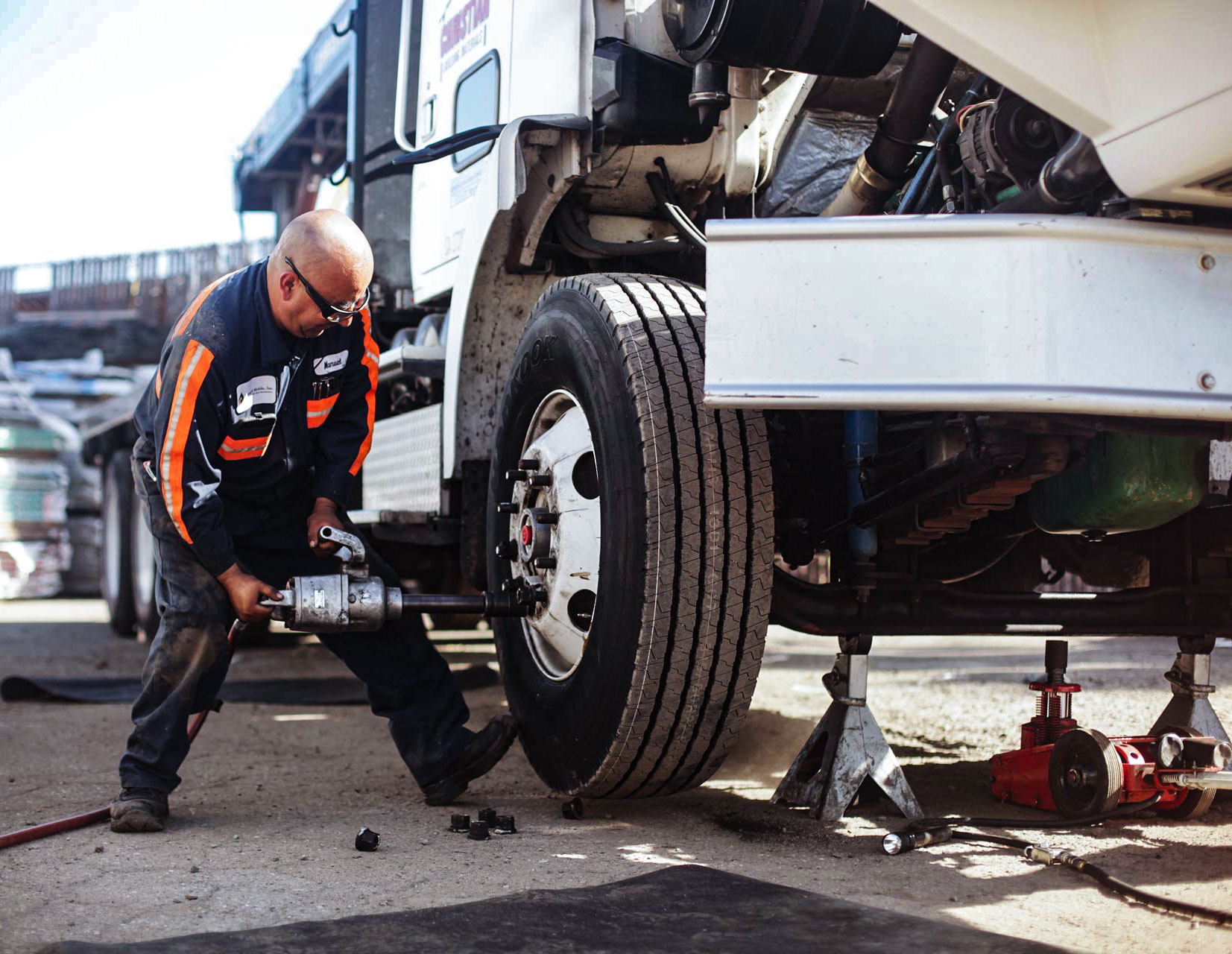Morris Tire: Your Trusted Regional Tire Experts
Tire Repair Work Myths Debunked: Dividing Fact From Fiction
In the world of auto upkeep, tire repair holds a significant area, yet it is frequently shrouded in misconceptions and mistaken beliefs that can result in confusion for vehicle proprietors. Comprehending the difference between reality and fiction when it concerns tire repair is essential for guaranteeing both safety and cost-effectiveness. From the misunderstandings bordering patching versus plugging a punctured tire to the efficiency of numerous tire sealants, there are numerous vital locations where quality is needed to make enlightened decisions. Let's clarify some common tire repair misconceptions and different them from the truth to empower you with the understanding needed to navigate this vital aspect of car upkeep.
Common Tire Fixing Misconceptions
Resolving common false impressions surrounding tire repair work is vital for preserving roadway safety and expanding the long life of your vehicle's tires. It is vital to understand that not all punctures are produced equivalent; while some may indeed need a tire substitute, the majority can be safely fixed.
One more misconception is the idea that a DIY tire repair service package is an enough solution for all tire issues. While these kits can be helpful for temporary fixes in emergency situations, they are not a permanent solution and might not deal with the underlying problem (tire tracks morris il). Looking for the know-how of a certified tire specialist is constantly advised to make sure the safety and stability of the tire

Can You Repair a Punctured Tire?
Fixing a punctured tire is a common method in the automobile market, often brought out by expert specialists adhering to certain guidelines and requirements. Slits situated on the walk area of the tire are usually repairable as long as they are within a certain size limitation and do not affect the tire's structural honesty.
It is vital to keep in mind that penetrates near the sidewall or shoulder of the tire are generally not repairable because of safety and security concerns. Such areas undergo substantial tension and flexing, making repair services undependable and potentially harmful. Furthermore, if the puncture is also big, going beyond the recommended repairable size, or if the tire shows signs of interior damage, it is much safer to change the tire altogether.
The Reality Concerning Patching Vs. Connecting
When taking into consideration the repair service of a punctured tire, understanding the differences between patching and plugging is important for making informed choices pertaining to tire maintenance and security. Covering entails fixing the tire from the within, where a spot is used to cover the slit. This technique is taken into consideration more reliable and check this lasting as it attends to the damage internally, minimizing the danger of air leak and more tire damages. On the other hand, connecting is a quick solution that involves inserting a rubber connect into the pierced area from the exterior. While plugging is convenient and can be done without eliminating the tire from the rim, it is normally taken into consideration a short-lived solution and might not offer the same degree of longevity as a patch.
Misconception: All Tire Sealers Work

When selecting a tire sealant, think about variables such as the size of punctures it can effectively repair, compatibility with tire stress surveillance systems (TPMS), and whether it is risk-free for the tire material. Bear in mind, while tire sealers can be useful in emergency situations, they are sites not a replacement for correct tire treatment and upkeep.
Best Practices for Handling Apartment Tires
In light of the varying efficiency of tire sealers, understanding finest techniques for dealing with level tires is vital for keeping road security and automobile efficiency. Loosen up the lug nuts, elevate the car with the jack, get rid of the lug nuts and flat tire, and change it with the spare tire. Stow away the flat tire, tools, and tools, and remember to check the extra tire's stress regularly.
Conclusion
To conclude, it is very important to different reality from fiction when it comes to tire repair work misconceptions. Recognizing the reality regarding patching vs. plugging, the effectiveness of tire sealants, and ideal practices for dealing with blowouts can help make sure the security and longevity of your tires. By disproving usual false impressions and following appropriate fixing standards, you can make informed decisions when it pertains to preserving the health and wellness of go to this site your lorry's tires.